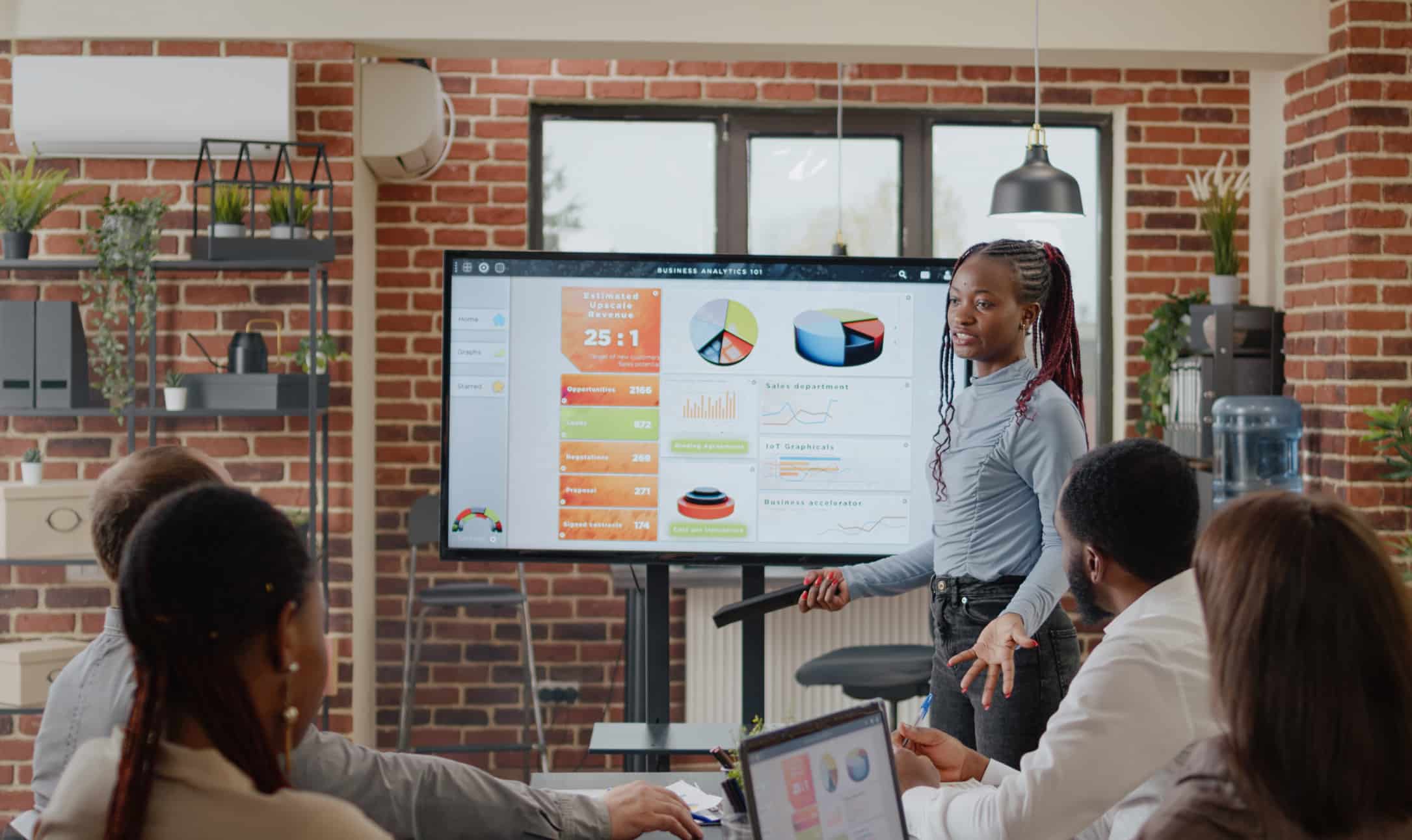Every company in every industry has had to adapt to the health crisis and protect employees by implementing strict protocols to contain the spread of the virus in the workplace.
Despite everyone’s best efforts, Canada has seen a record 2.5 million COVID-19-related absences since April 2020.
This astonishing statistic has radically changed the way human resources managers operate, and they have had to quickly adapt to this situation. It is not new information : what matters the most in a company is the people who constitute it. However, the consequences of employee absences are numerous – especially when the absences are recurrent, and they turn into absenteeism – such as understaffing and work overload, avoidable expenses, time wasted on managing absences that could have been used to solve more complex tasks… The list goes on!
Now, how do you manage these absences while maintaining a good level of service? In this technology-driven era, it is essential to use an HRIS (Human Resources Information System). This article explains the whys.










